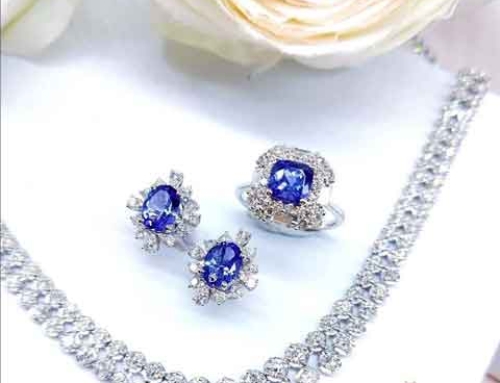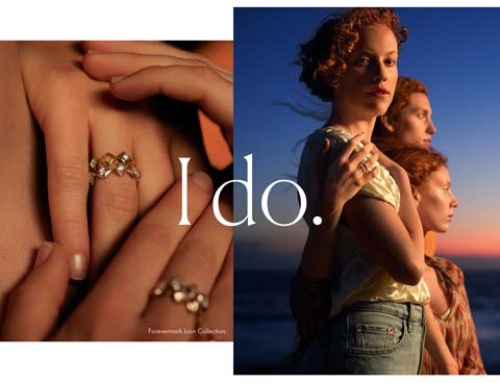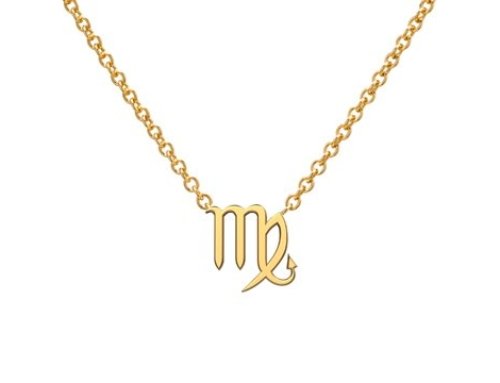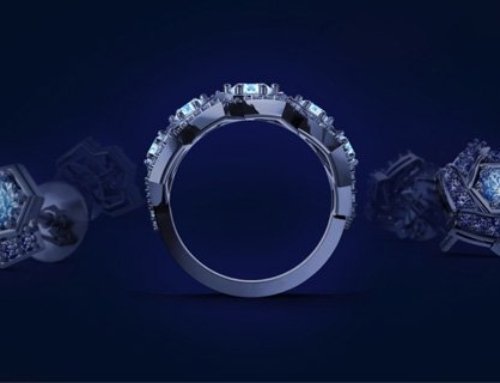Pandora is about to unveil a complete overhaul of its branding, as it wants to get back in touch with consumers after disappointing sales figures.
The Danish jeweller will launch a new “business purpose, brand expression and visual identity“, while last week he introduced a new store design, online stores and design collaborations with global franchises, says the Danish jeweller. The company will also partner with celebrities, influencers and various organisations, it added.
Pandora will present the re-launch, along with a new collection, at an event in Los Angeles on August 28. In the second half of 2019 and in 2020, the features of the new brand and concept will be further rolled out. The plan is part of Programme Now, which was introduced by the company in November 2018 after it was forced to lower its sales forecast three times over the course of the year due to poor performance. Consumer demand for its charms, the company’s flagship product, has shown particularly weak performance.
“The event in Los Angeles marks the beginning of our journey to become more relevant to consumers,” said Alexander Lacik, CEO of Pandora. “We have received very positive feedback from our pilot projects earlier this year, so we would like to take this to consumers around the world and show them a fresher and more contemporary Pandora“.
Pandora’s first renamed store will open in the UK later this year, followed by launches in China and Italy.
About Pandora
Pandora A/S (often stylized as PANDORA) is an international Danish jewellery manufacturer and retailer, founded in 1982 by Per Enevoldsen. The company started as a family business in Copenhagen.
It is known for its customizable charm bracelets, designer rings, necklaces and (now no longer available) watches. The company has a production facility in Thailand and sells its products in more than 100 countries on six continents with more than 7,800 points of sale.
Pandora was founded in 1982 by Danish goldsmith Per Enevoldsen and his then wife Winnie Enevoldsen. The couple began on a small scale by importing jewellery from Thailand and selling it to consumers. After a successful wholesale project, Enevoldsen hired its own designers in 1989 and established a production facility in Thailand, where it is still located. With low production costs and an efficient supply chain, Enevoldsen was able to supply affordable, hand-finished jewellery to the mass market. Pandora’s collection grew into a range of rings, necklaces, earrings and watches. Pandora started selling its distinctive bracelets in 2000 after a patent and several years of development.
Pandora became the world’s third largest jeweler in terms of sales, after Cartier and Tiffany & Co. In 2011, on average, more than one Pandora piece of jewellery was sold every second. Shares fell by almost 80% in 2011 after a shift of focus towards high quality designs, but performance recovered after a return to the more affordable mass market.






